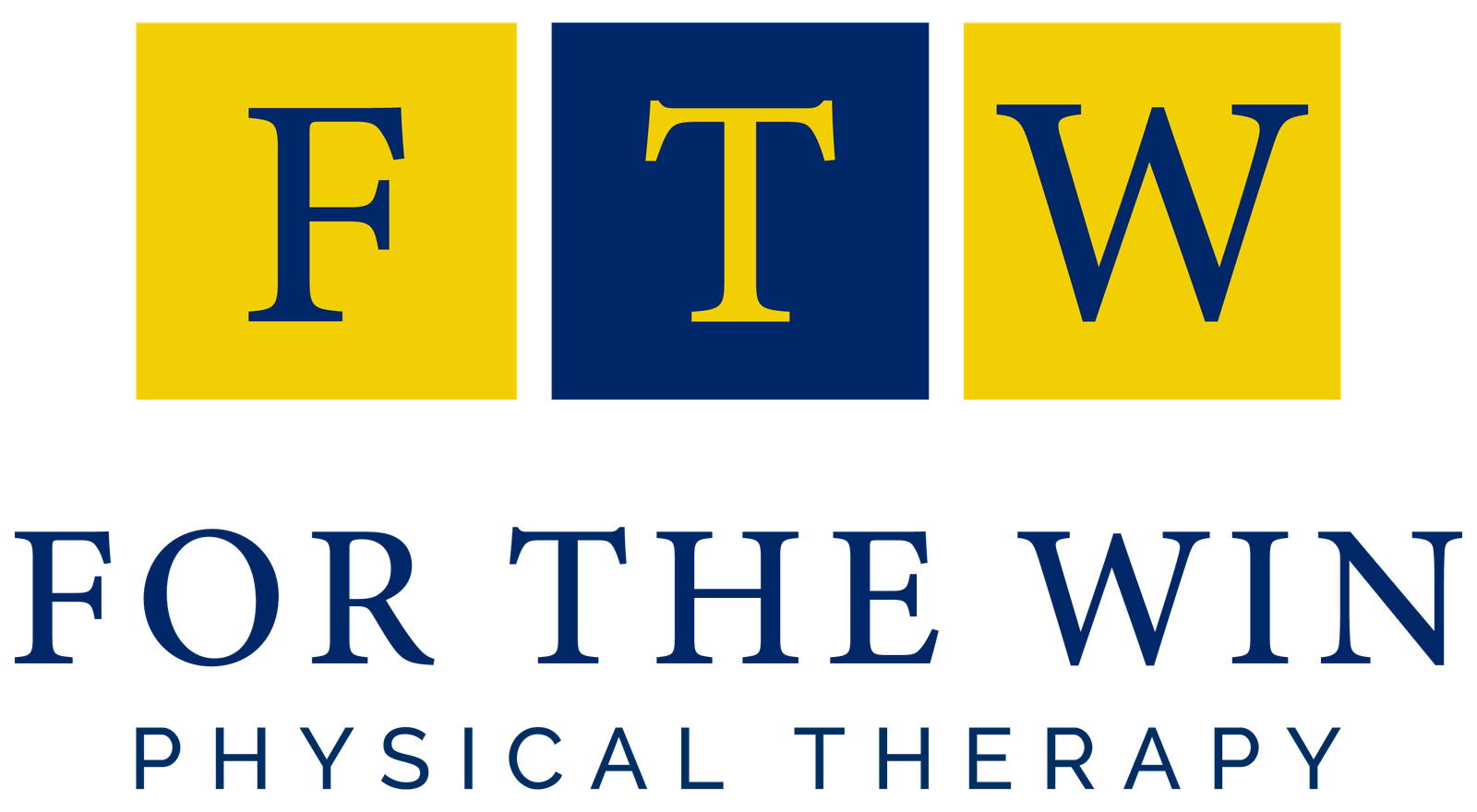DRY NEEDLING
Physical Therapy With Dry Needling
"Dry needling is a skilled technique performed by a physical therapist using filiform needles to penetrate the skin and/or underlying tissues to affect change in body structures and functions for the evaluation and management of neuromusculoskeletal conditions, pain, movement impairments, and disability."
- Arizona Physical Therapy Association, Kinetacore.
On This Page
Functional Dry Needling (FDN) is a therapeutic treatment using small monofilament needles to release shortened bands of muscle and decrease trigger point activity, to provide patients/clients with relief of their symptoms. By inserting the needles into specific points, FDN is used by a licensed physical therapist with specialized training in Dry Needling to resolve pain and promote healing by stimulating the neuromuscular system, neutralizing tissue pH, and promoting an inflammatory response. This is not to be confused with Chinese Acupuncture, but instead, a medical treatment that utilizes evidence-based research to determine the proper regions to be treated for each patient/client. Following treatment, we recommend people drink plenty of fluids and keep moving (but do not overdo it), and heat/ ice may be used for soreness.
How Does Dry Needling Help Healing?
FDN increases the range of motion by decreasing muscle tightness/adhesions and increasing blood flow. This treatment improves pain by deactivation trigger points, desensitizing tissue, and improving the connection from the muscles to the spine and brain. The needles increase neurotransmission, neutralize pH, and promote inflammatory markers for healing. Function is restored by improving the muscular length-tension relationship restoring efficient muscle contraction.
What is the Difference Between Functional Dry Needling and Acupuncture?
FDN and Acupuncture use a similar tool, but very different methodology. Acupuncturists use Chinese Medicine with the Meridian Lines. Physical Therapists utilize their evaluation skills and knowledge of anatomy to treat the affected tissue with a medical diagnosis. This helps patients achieve their goals.
Is it Painful?
You should feel the therapist holding the tissue more than the actual needle. The needle diameter is much smaller than those used for injections. The needles used for FDN are solid, not hollow. There is no shaft inside the needle, and this decreases the risk of infection. Some patients report a deep ache or may feel a twitch in the muscle, and others don't feel a thing! Often a simple way to overcome the needle fears to have a test needle used in a non-painful area, which allows you to feel the difference between the needle and the injured tissue.
Is it Dangerous?
As with any medical procedure, there are risks. In the case of FDN, the most serious, but rare risk is a pneumothorax (an accidental puncture of a lung). If this were to occur, there would be no further treatment and you should see a physician because a chest X-ray may be needed. Symptoms include shortness of breath, decreased blood pressure, weak rapid pulse, increased neck vein distention, chest pain, dry cough, and sitting up in the most comfortable position. Other risks include injury to a blood vessel or nerve, resulting in bruising, numbness, and/or tingling. Some patients may feel dizziness, nausea, headache, and in rare cases, fainting can occur with FDN. FDN treatment is performed with the patient lying down to this decreased risk.
There are risks with FDN that are reviewed before treatment. Your clinician will always use safe techniques to minimize these risks. The biggest risk is a punctured lung (pneumothorax), but this is extremely rare (<1 :10,000)
- McCutcheon, 2011.
“No man has the right to be an amateur in the matter of physical training. It is a shame for a man to grow old without seeing the beauty and strength of which his body is capable.”
- Socrates
Book Now

